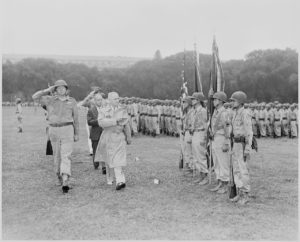 In January 2012, President Obama called for states to extend compulsory education in the U.S. to age 18. More recently, the White House unveiled its America’s College Promise Proposal, which calls for free community college tuition for responsible students.
In January 2012, President Obama called for states to extend compulsory education in the U.S. to age 18. More recently, the White House unveiled its America’s College Promise Proposal, which calls for free community college tuition for responsible students.
Common arguments in support of more education suggest that education spurs innovation and expands skilled and higher paying jobs. Counterarguments suggest education could reduce skilled jobs by promoting the development of new technology, production practices, and machines that can replace skilled labor.
We know that education has important occupational benefits for individuals, but do these benefits spill over into society as well? At the turn of the century, I find that they do. Continue Reading…

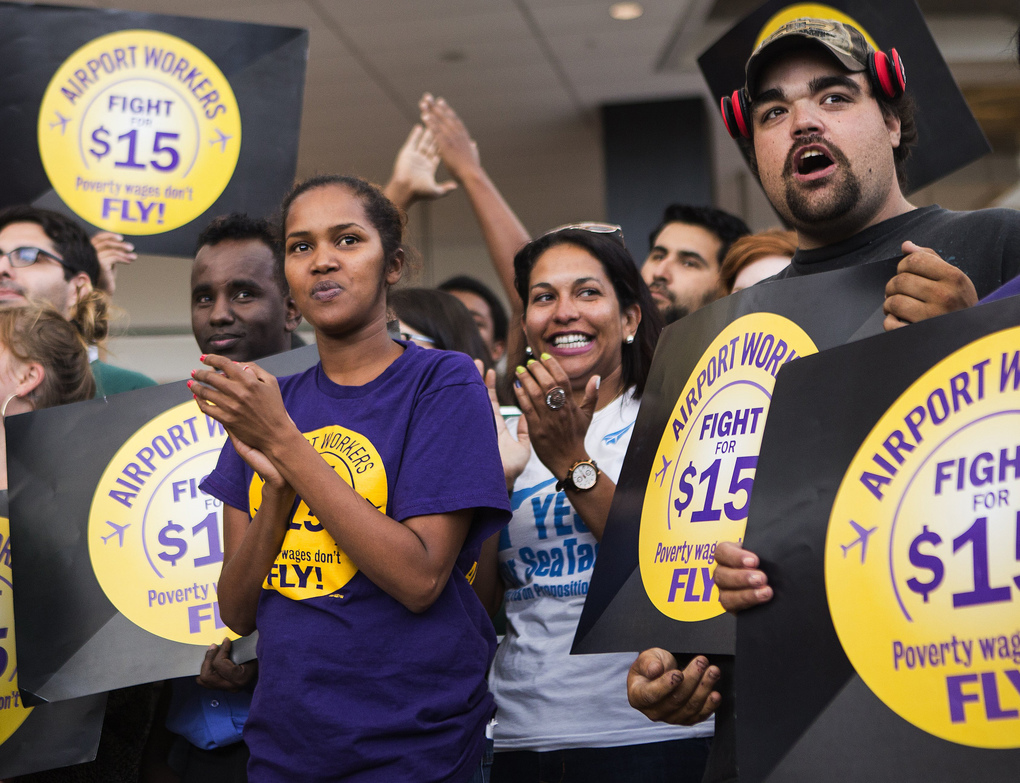
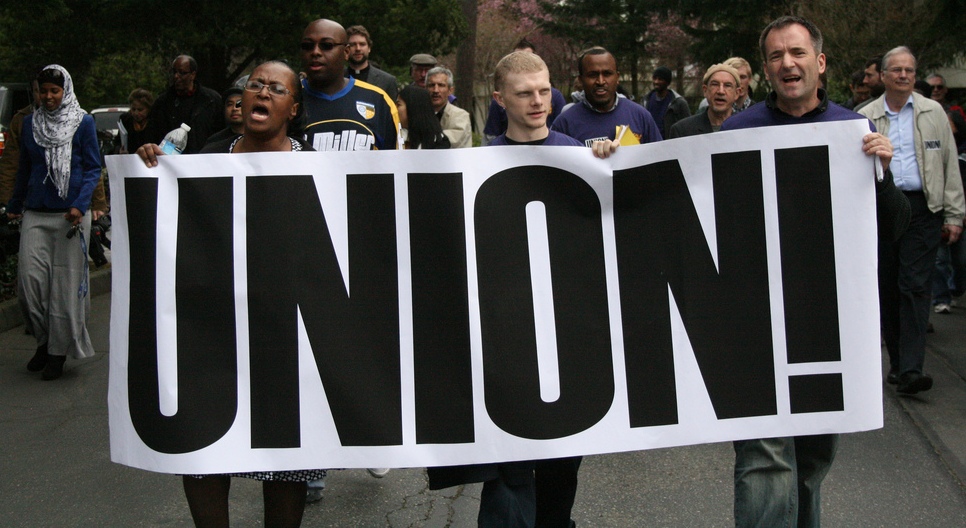 The Fight for Fifteen movement, launched in New York City in late 2012, is one of the most vital, innovative, and militant struggles in recent US labor history. As one Fight for Fifteen organizer put it, now many young workers “are looking at the union movement, not as something that’s stodgy, old, and past its prime, but as something that’s exciting and new and the way forward for hope in our lives…Fight for Fifteen is making the union movement cool again.”
The Fight for Fifteen movement, launched in New York City in late 2012, is one of the most vital, innovative, and militant struggles in recent US labor history. As one Fight for Fifteen organizer put it, now many young workers “are looking at the union movement, not as something that’s stodgy, old, and past its prime, but as something that’s exciting and new and the way forward for hope in our lives…Fight for Fifteen is making the union movement cool again.”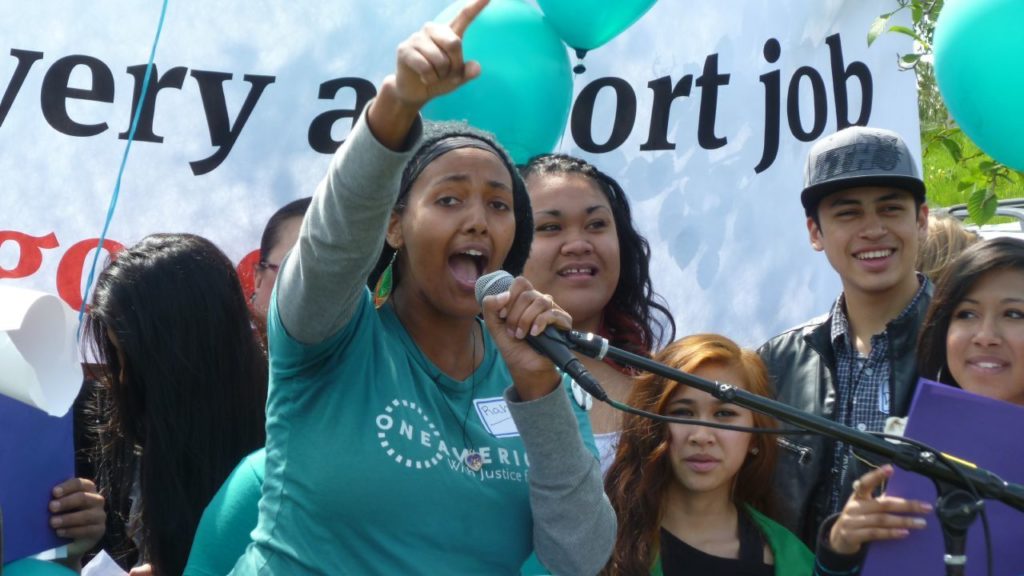 Hit “pause” for a moment on the latest Trump outrage and recall the political landscape following the Wall Street-induced train wreck of nine years ago. The Obama administration bailed out the financiers, businesses fired
Hit “pause” for a moment on the latest Trump outrage and recall the political landscape following the Wall Street-induced train wreck of nine years ago. The Obama administration bailed out the financiers, businesses fired 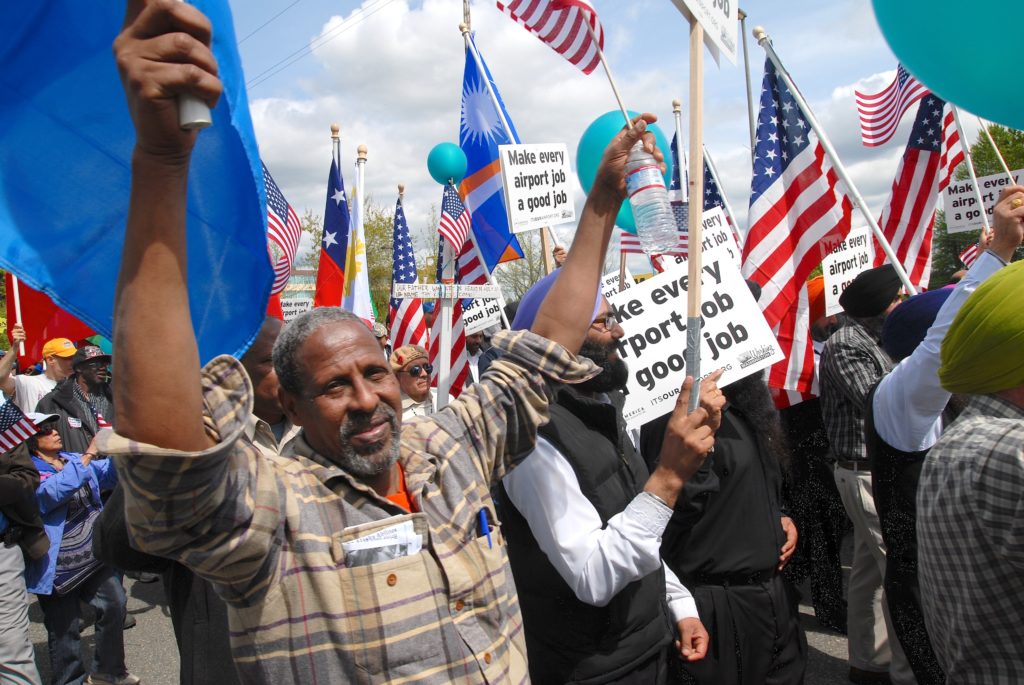 Steven Ashby is right to mark the achievements of the Fight for $15. As he reminds us, this national campaign brought wage increases to nearly 20 million American workers during a time when union density fell to below 7%. Equally important is the way in which the Fight for $15 forever redefined low wage work in the U.S.
Steven Ashby is right to mark the achievements of the Fight for $15. As he reminds us, this national campaign brought wage increases to nearly 20 million American workers during a time when union density fell to below 7%. Equally important is the way in which the Fight for $15 forever redefined low wage work in the U.S.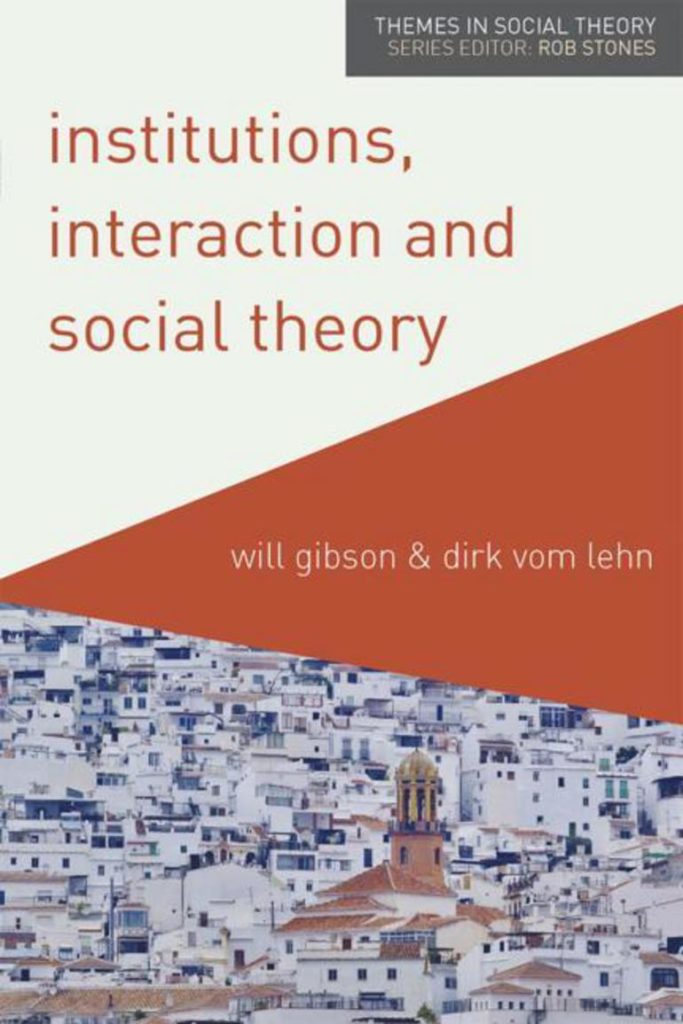 A few years ago this blog ran a panel on ‘
A few years ago this blog ran a panel on ‘